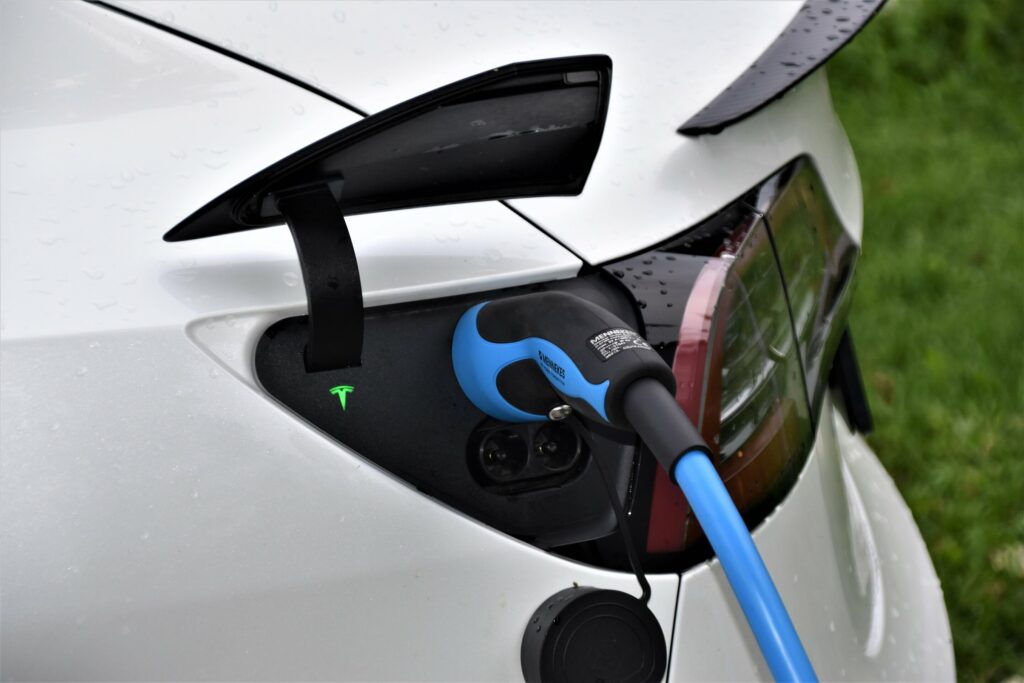More than seven million electric vehicles are currently operational around the world. That’s a big step from the 20,000 that were in use a decade ago. Nevertheless, this technological leap, which will lower the use of fossil fuels in the long run, won’t be nearly enough to address the global climate crisis, according to a new study.

Many governments around the world are betting on electric vehicles. Norway plans to ban sales of new internal combustion engines by 2025. The Netherlands will follow suit by 2030, while France and Canada have set a 2040 deadline. States in the U.S. are also joining the group, with California last week announcing a 2035 goal.
“A lot of people think that a large-scale shift to EVs will mostly solve our climate problems in the passenger vehicle sector,” said Alexandre Milovanoff, lead author of a new paper, in a press statement. “I think a better way to look at it is this: EVs are necessary, but on their own, they are not sufficient.”
Milovanoff and his team ran a detailed analysis of what a large-scale shift to electric vehicles would mean in terms of emissions and related impacts. They chose the United States as a test market, as the country is second only to China in terms of passenger vehicle sales and has lots of high-quality data available.
The researchers used computer models to estimate how many electric vehicles would be needed to keep the increase in global average temperatures to less than 2ºC above pre-industrial levels by the year 2100. This is the target included in the Paris Agreement on climate change.
Their method allowed to convert the 2ºC target into a carbon budget for US passenger vehicles, then determining how many electric vehicles would be needed to stay within that budget. Their findings showed the US would need 350 million EVs on the road by 2050 to meet the target emissions reductions.
“To put that in perspective, right now the total proportion of EVs on the road in the U.S. is about 0.3% [of total],” said Milovanoff in a statement. “It’s true that sales are growing fast, but even the most optimistic projections suggest that by 2050, the U.S. fleet will only be at about 50% EVs.”
In addition to consumer preferences, there are other technological barriers to deploy more electric vehicles. The study showed that a fleet of 350 million EVs would increase annual electricity demand by 41% of current levels. This would demand a major investment in new infrastructure and new power plants, some of which would run without fossil fuels.
The shift to EVs would also impact the demand curve, which shows how demand for electricity rises and falls throughout the day, which would make the management of the national grid more difficult. Finally, the researcher said there could be technical challenges regarding the supply of materials such as lithium needed for the vehicle’s batteries.
That’s why the team concluded that getting so many EVs on the road by 2050 is unrealistic. Instead, they recommended a set of policies such as shifting from personal vehicles to other modes of transportation. These would mean a large investment in public transportation and the redesign of cities to allow more trips to be taken by bicycle or on foot.
“EVs really do reduce emissions, but they don’t get us out of having to do the things we already know we need to do,” said Heather MacLean, co-author, in a statement. “We need to rethink our behaviors, the design of our cities, and even aspects of our culture. Everybody has to take responsibility for this.”
The study was published in the journal Nature Climate Change.


